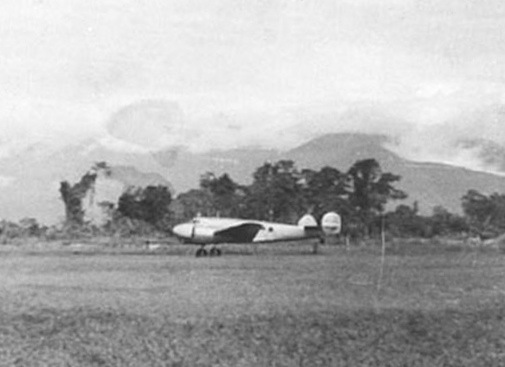

They were never seen again.
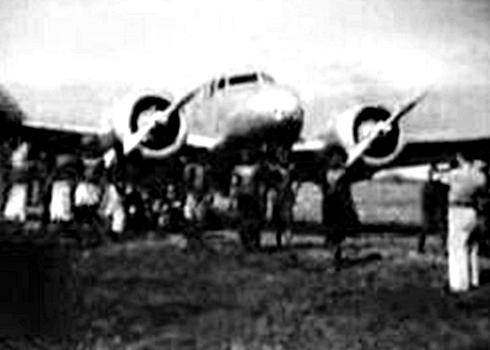
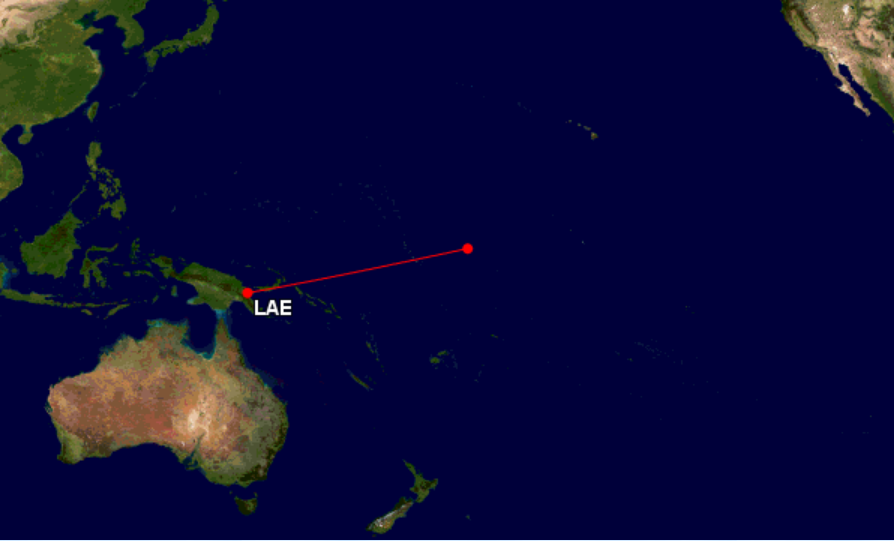
HIGHLY RECOMMENDED: FINDING AMELIA: The True Story of the Earhart Disappearance, by Ric Gillespie. Naval Institute Press, Annapolis, MD, 2006.
© 2021, Bryan R. Swopes


They were never seen again.


HIGHLY RECOMMENDED: FINDING AMELIA: The True Story of the Earhart Disappearance, by Ric Gillespie. Naval Institute Press, Annapolis, MD, 2006.
© 2021, Bryan R. Swopes
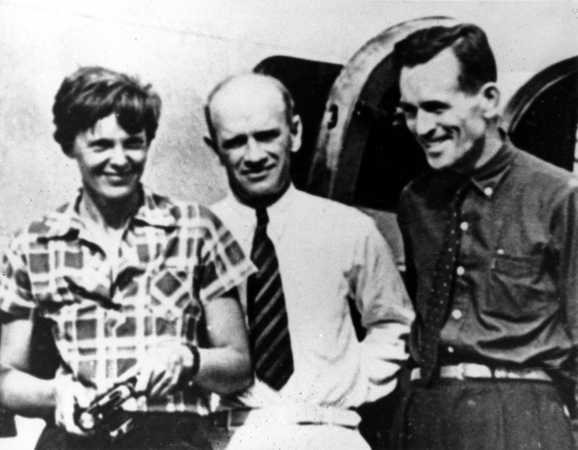
1 July 1937: Amelia Earhart and Fred Noonan are delayed another day at Lae, Territory of New Guinea.
“July 1st. ‘Denmark’s a prison,’ and Lae, attractive and unusual as it is, appears to two flyers just as confining, as the Electra is poised for our longest hop, the 2,556 miles to Howland Island in mid-Pacific. The monoplane is weighted with gasoline and oil to capacity. However, a wind blowing the wrong way and threatening clouds conspired to keep her on the ground today. In addition, Fred Noonan has been unable, because of radio difficulties, to set his chronometers. Any lack of knowledge of their fastness and slowness would defeat the accuracy of celestial navigation. Howland is such a small spot in the Pacific that every aid to locating it must be available. Fred and I have worked very hard in the last two days repacking the plane and eliminating everything unessential. We have even discarded as much personal property as we can decently get along without and henceforth propose to travel lighter than ever before. All Fred has is a small tin case which he picked up in Africa. I noted it still rattles, so it cannot be packed very full. Despite our restlessness and disappointment in not getting off this morning, we still retained enough enthusiasm to do some tame exploring of the near-by country.”
—Amelia Earhart
© 2015, Bryan R. Swopes
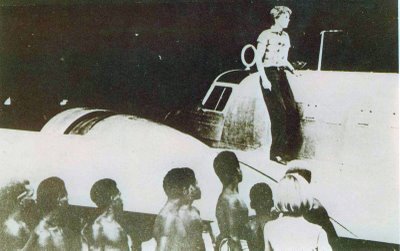
30 June 1937. Amelia Earhart and Fred Noonan are delayed at Lae, Territory of New Guinea.
“Everyone has been as helpful and co-operative as possible—food, hot baths, mechanical service, radio and weather reports, advice from veteran pilots here—all combine to make us wish we could stay. However, tomorrow we should be rolling down the runway, bound for points east. Whether everything to be done can be done within this time remains to be seen. If not, we cannot be home by the Fourth of July as we had hoped, even though we are one day up on the calendar of California. It is Wednesday here, but Tuesday there. On this next hop we cross the 180th Meridian, the international dateline when clocks turn back twenty-four hours.”
—Amelia Earhart
© 2016, Bryan R. Swopes
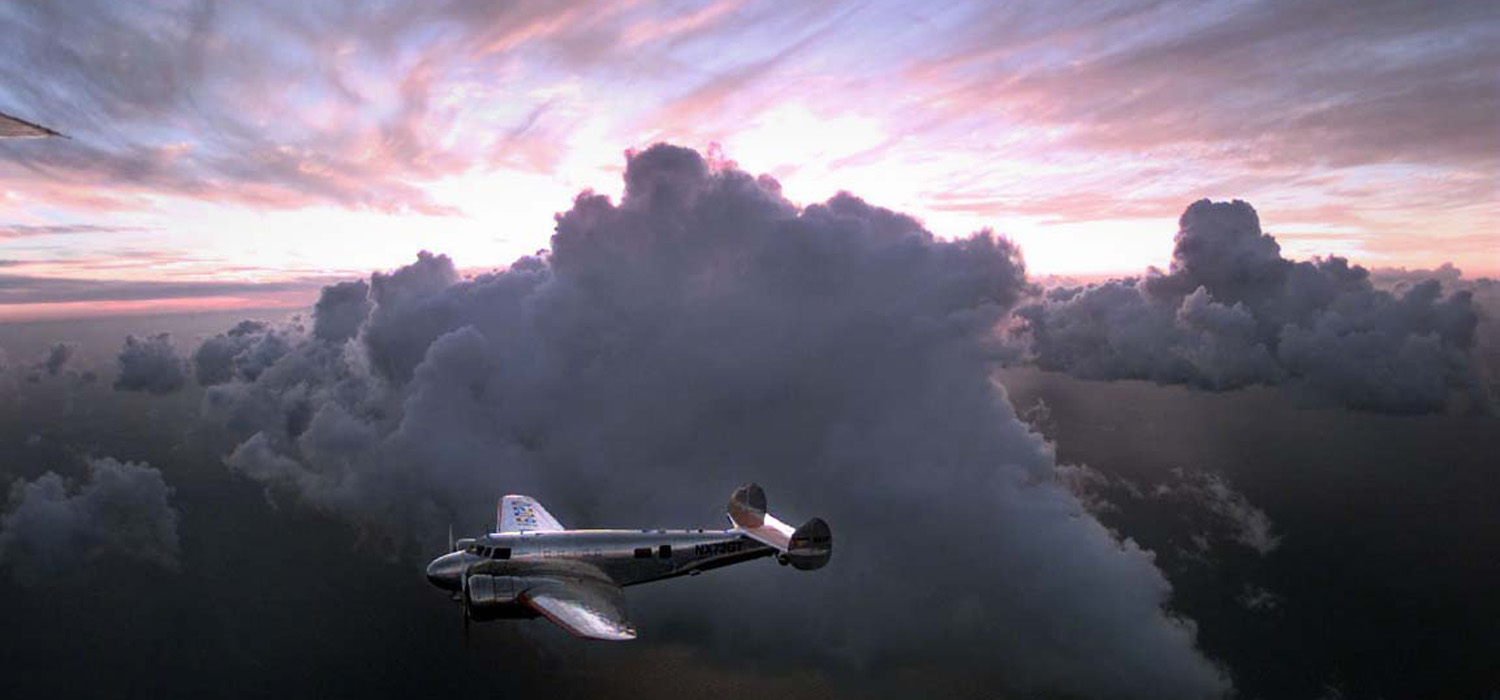
29 June 1937: Leg 28. Amelia Earhart and Fred Noonan fly the Lockheed Electra 10E, NR16020, from Darwin, Northern Territory, Australia, to Lae, Territory of New Guinea.
“Lae, New Guinea, June 30th. After a flight of seven hours and forty-three minutes from Port Darwin, Australia, against head winds as usual, my Electra now rests on the shores of the Pacific. Beyond the Gulf of Huon the waters stretch into the distance. Somewhere beyond the horizon lies California. Twenty-two thousand miles have been covered so far. There are 7,000 to go.
“From Darwin we held a little north of east, cutting across the Wellington Hills on the northern coast of Arnhem Land, which is the topmost region of Australia’s Northern Territory. The distance to Lae was about 1,200 miles. Perhaps two-thirds of it was over water, the Arafura Sea, Torres Strait and the Gulf of Papua.
“Midway to New Guinea the sea is spotted with freakish islands, stony fingers pointing towards the sky sometimes for hundreds of feet. We had been told the clouds often hang low over this region and it was better to climb above its hazardous minarets than to run the risks of dodging them should we lay our course close to the surface. Then, too, a high mountain range stretches the length of New Guinea from northwest to southeast. Port Moresby was on the nearer side, but it was necessary to clamber over the divide to reach Lae situated on the low land of the eastern shore. As the journey progressed we gradually increased our altitude to more than 11,000 feet to surmount the lower clouds encountered. Even at that, above us towered cumulus turrets, mushrooming miraculously and cast into endless designs by the lights and shadows of the lowering sun. It was a fairy-story sky country, peopled with grotesque cloud creatures who eyed us with ancient wisdom as we threaded our way through its shining white valleys. But the mountains of cloud were only dank gray mist when we barged into them, that was healthier than playing hide-and-seek with unknown mountains of terra firma below. Finally, when dead reckoning indicated we had traveled far enough, we let down gingerly. The thinning clouds obligingly withdrew and we found ourselves where we should be, on the western flanks of the range with the coastline soon blow us. Working along it, we found Lae and sat down. We were thankful we had been able to make our way successfully over those remote regions of sea and jungle – strangers in a strange land.”
—Amelia Earhart
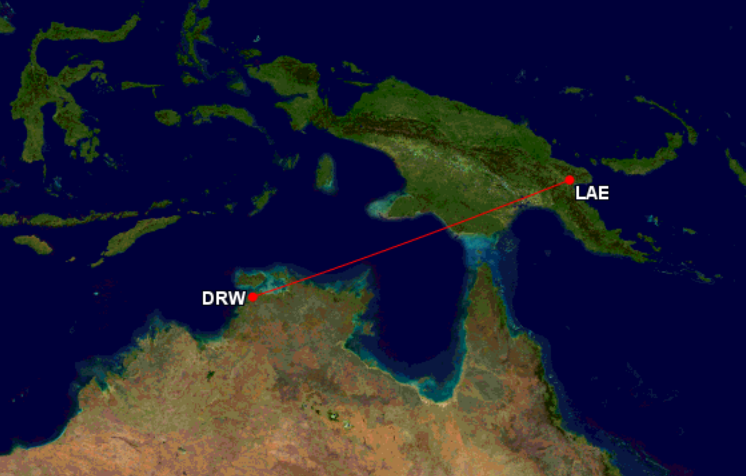
© 2019, Bryan R. Swopes
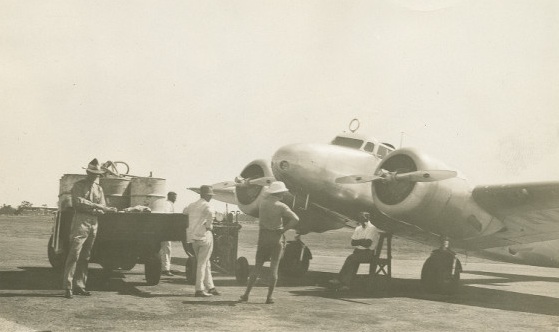

“We crossed the Timor Sea from Koepang, on Timor Island, in three hours and twenty-nine minutes against strong head winds. We flew over fleecy clouds at a height of 7,000 feet. . .
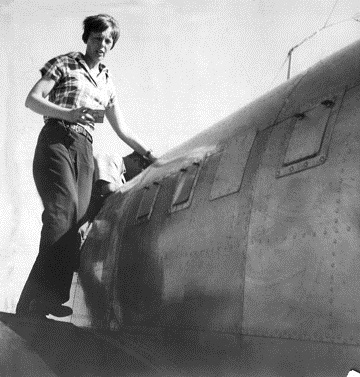
“The country of this northern coast of Australia is very different from that surrounding Koepang. There jagged mountains rose against the dawn, while here, as far as one could see, were endless trees on an endless plain. The airport is good and very easy to find. We were pounced upon by a doctor as we rolled to a stop, and thereupon were examined thoroughly for tropical diseases. No one could approach us or the airplane until we had passed muster. If this work is done at all it should be thorough, and I approved the methods, although the formalities delayed refueling operations. The customs officials had to clear the Electra as if she were an ocean-going vessel, but that was done with much dispatch. Inasmuch as we had little in the plane but spare parts, fuel and oil, the process was simplified. At Darwin, by the way, we left the parachutes we had carried that far, to be shipped home. A parachute would not help over the Pacific.”
—Amelia Earhart
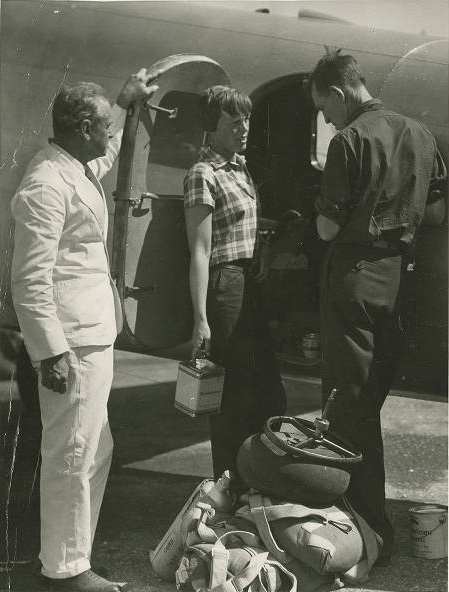
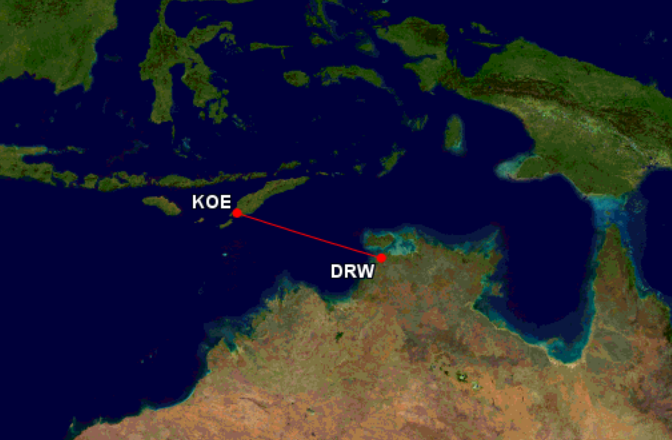
© 2019, Bryan R. Swopes